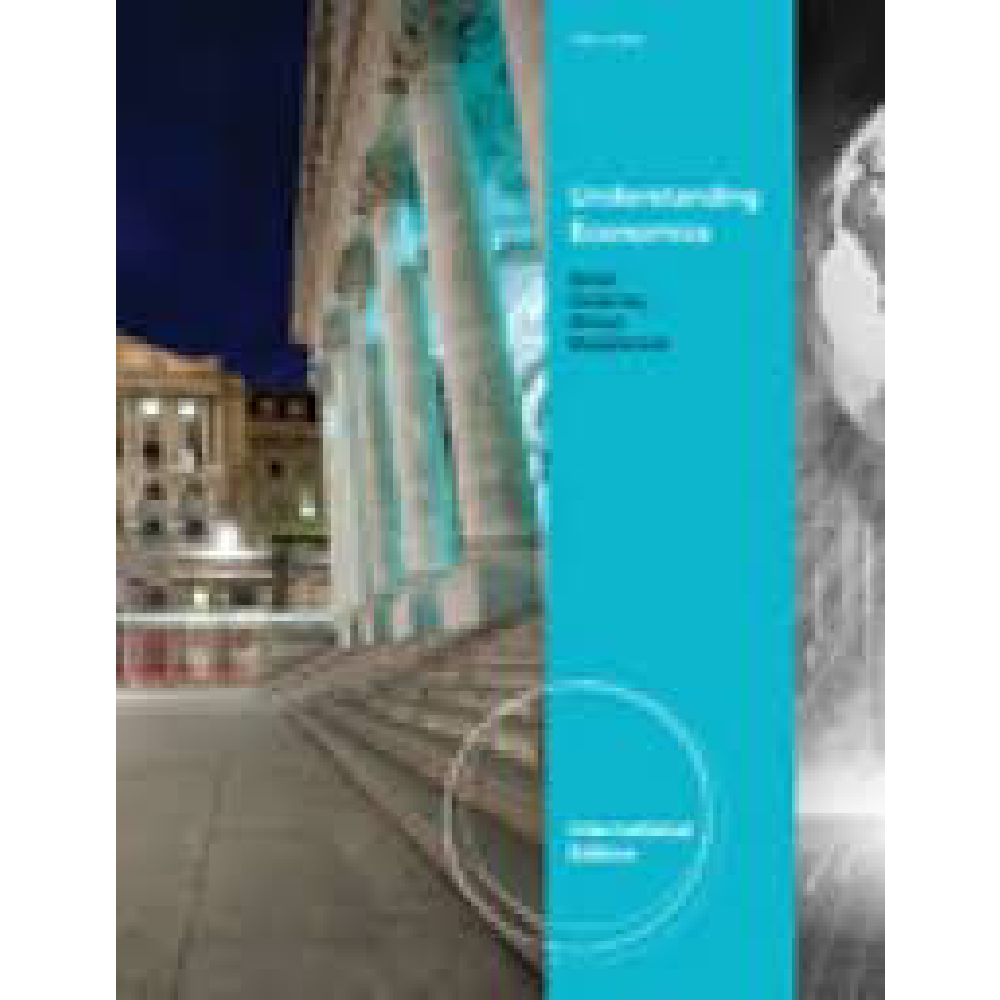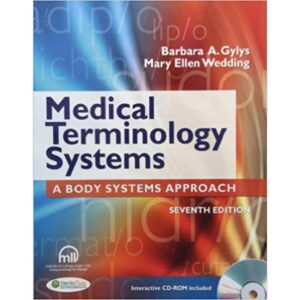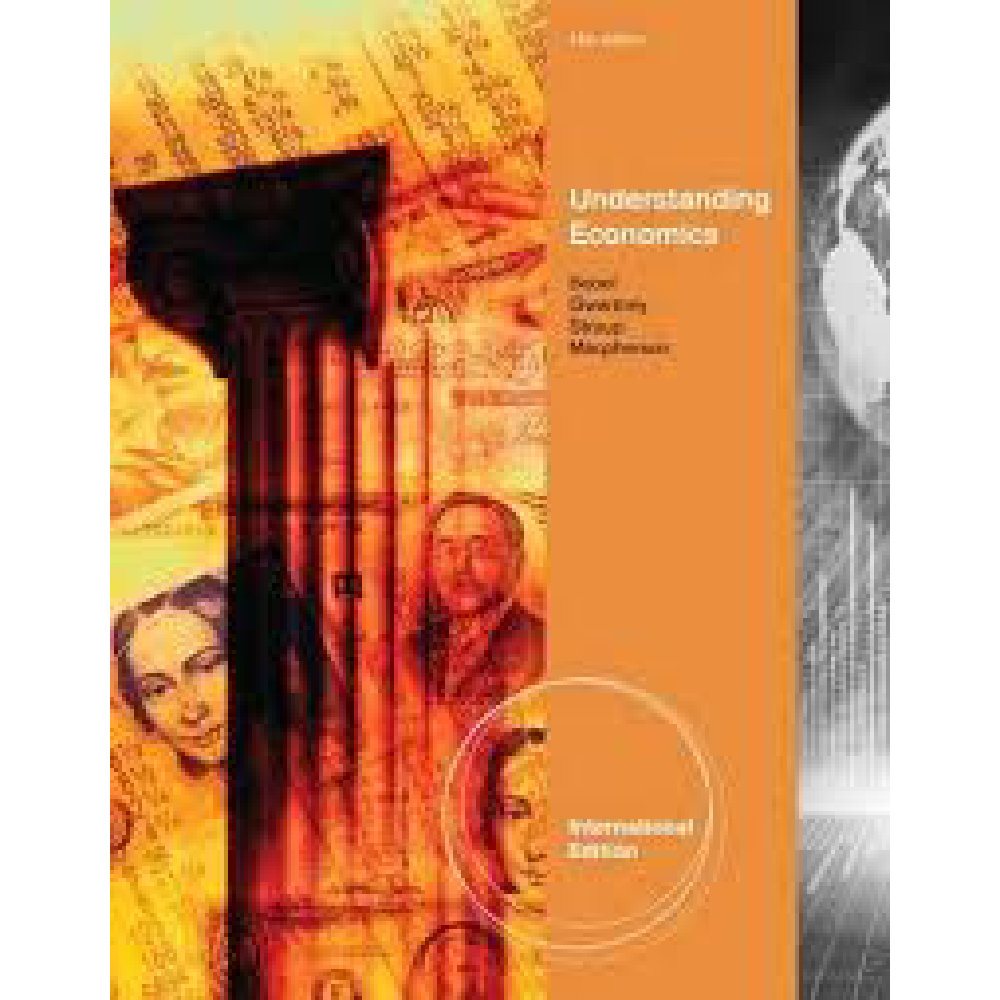Understanding Economics International Edition, 14th Edition By Russell S. Sobel – Test Bank
$55.00
Understanding Economics International Edition, 14th Edition By Russell S. Sobel – Test Bank
You will receive this product within 24 hours after placing the order
Overview
Macroeconomics Chapter 11
Fiscal Policy: The Keynesian View and Historical Perspective
Multiple Choice
1. Which of the following would a Keynesian economist be most likely to stress?
a. Supply creates its own demand.
b. Businesses will not produce goods and services if they do not think people will buy them.
c. You cannot spend your way out of a recession.
d. When the unemployment rate is high, wage rates will fall.
e. A dollar saved is a dollar earned; a high rate of saving is the key to prosperity.
ANS: B
PTS: 1 DIF: Moderate NAT: BUSPROG: Analytic
STA: DISC: Monetary and fiscal policy
TOP: Fiscal Policy and the Good News of Keynesian Economics
KEY: Bloom’s: Comprehension MSC: Suggested Quiz
2. When Keynesian equilibrium is present,
a. aggregate demand for goods and services will equal the current rate of output.
b. business inventories will be increasing.
c. full employment must be present.
d. the actual rate of unemployment must equal the natural rate of unemployment.
ANS: A
PTS: 1 DIF: Moderate NAT: BUSPROG: Analytic
STA: DISC: Understanding and Applying Economic Models
TOP: The Great Depression and the Macroadjustment Process
MSC: Suggested Quiz
KEY: Bloom’s: Comprehension
3. The Great Depression provided support for Keynes’ view that
a. government action was necessary to ensure interest rates remained at the equilibrium level.
b. prolonged periods of unemployment would be present when demand is deficient.
c. falling resource prices would bring the economy out of a recession.
d. lower interest rates would quickly restore the full employment equilibrium of an economy.
ANS: B
PTS: 1 DIF: Moderate NAT: BUSPROG: Analytic
STA: DISC: Understanding and Applying Economic Models
TOP: The Great Depression and the Macroadjustment Process
MSC: Suggested Quiz
KEY: Bloom’s: Comprehension
4. The multiplier principle indicates that if business decision makers become more optimistic about the future and, as a result, increase their investment expenditures by $50 billion, real GDP
a. will increase by less than $50 billion if the economy was initially operating well below capacity.
b. will increase by more than $50 billion if the economy was initially operating well below capacity.
c. will increase by more than $50 billion if the economy was initially operating at full-employment capacity.
d. will decline if the marginal propensity to consume is less than 1.
ANS: B
PTS: 1 DIF: Moderate NAT: BUSPROG: Analytic
STA: DISC: Understanding and Applying Economic Models
TOP: The Great Depression and the Macroadjustment Process
MSC: Suggested Quiz
KEY: Bloom’s: Comprehension
5. Rather than seeking to balance the budget, Keynesian economists argue that the government’s tax and spending policies should be determined by the
a. demand for government-provided public goods.
b. level of aggregate demand required to achieve full employment of resources.
c. size and quality of the labor force.
d. need to expand or contract the supply of money.
ANS: B
PTS: 1 DIF: Moderate NAT: BUSPROG: Analytic
STA: DISC: Monetary and fiscal policy
TOP: Fiscal Policy and the Good News of Keynesian Economics
MSC: Suggested Quiz
KEY: Bloom’s: Comprehension
6. If an economy were experiencing a high rate of unemployment as the result of weak aggregate demand, a Keynesian economist would be most likely to recommend
a. a reduction in taxes coupled with a reduction in government expenditures of equal size.
b. an increase in government expenditures coupled with an increase in taxes of equal size.
c. a reduction in taxes, without any offsetting reduction in government expenditures.
d. maintenance of a balanced budget.
ANS: C
PTS: 1 DIF: Moderate NAT: BUSPROG: Analytic
STA: DISC: Monetary and fiscal policy
TOP: Fiscal Policy and the Good News of Keynesian Economics
MSC: Suggested Quiz
KEY: Bloom’s: Comprehension
7. Which of the following is a problem with discretionary fiscal policy as an economic stabilization tool?
a. Discretionary changes in fiscal policy can be easily anticipated by private decision makers.
b. It is difficult to properly time discretionary changes in fiscal policy.
c. Discretionary fiscal policy is only effective during a recession.
d. Discretionary fiscal policy is only effective during an economic boom.
ANS: B
PTS: 1 DIF: Moderate NAT: BUSPROG: Analytic
STA: DISC: Monetary and fiscal policy
TOP: Fiscal Policy and the Good News of Keynesian Economics
MSC: Suggested Quiz
KEY: Bloom’s: Comprehension
8. Within the Keynesian model, if the output of an economy is less than the full-employment level, then
a. a reduction in government expenditures will direct the economy back to full-employment equilibrium.
b. a reduction in wage rates and resource prices will quickly restore full-employment equilibrium.
c. a reduction in the real interest rate will soon restore full-employment equilibrium.
d. output will tend to remain below full-employment capacity unless aggregate expenditures increase.
ANS: D
PTS: 1 DIF: Moderate NAT: BUSPROG: Analytic
STA: DISC: Monetary and fiscal policy
TOP: Fiscal Policy and the Good News of Keynesian Economics
MSC: Suggested Quiz
KEY: Bloom’s: Comprehension
9. Which of the following is an important insight of Keynesian analysis?
a. When an economy is in a recession, lower interest rates and lower wage rates will quickly direct the economy back to full employment.
b. When widespread unemployment is present, increases in aggregate demand will exert a larger impact on real output than when the economy is operating at or near full employment.
c. When an economy is in a recession, it makes sense to increase taxes and reduce government expenditures.
d. A balanced budget is the key to maintenance of full employment.
ANS: B
PTS: 1 DIF: Moderate NAT: BUSPROG: Analytic
STA: DISC: Monetary and fiscal policy
TOP: Fiscal Policy and the Good News of Keynesian Economics
MSC: Suggested Quiz
KEY: Bloom’s: Comprehension
10. A major advantage of built-in or automatic stabilizers is that they
a. guarantee the federal budget will be balanced over the course of the business cycle.
b. require no Congressional action to be effective.
c. automatically produce surpluses during recessions and deficits during inflation.
d. require discretionary actions on the part of Congress before they exert an impact on output and employment.
ANS: B
PTS: 1 DIF: Moderate NAT: BUSPROG: Analytic
STA: DISC: Monetary and fiscal policy
TOP: Fiscal Policy and the Good News of Keynesian Economics
MSC: Suggested Quiz
KEY: Bloom’s: Comprehension
11. The 1930s were a period of
a. strong economic expansion and rapid growth of real output.
b. high rates of inflation coupled with a low rate of unemployment.
c. depressed economic conditions and prolonged high rates of unemployment.
d. strong growth of real output even though the general level of prices was declining.
ANS: C
PTS: 1 DIF: Easy NAT: BUSPROG: Analytic
STA: DISC: Understanding and Applying Economic Models
TOP: The Great Depression and the Macroadjustment Process
MSC: Suggested Quiz
KEY: Bloom’s: Knowledge












Reviews
There are no reviews yet.